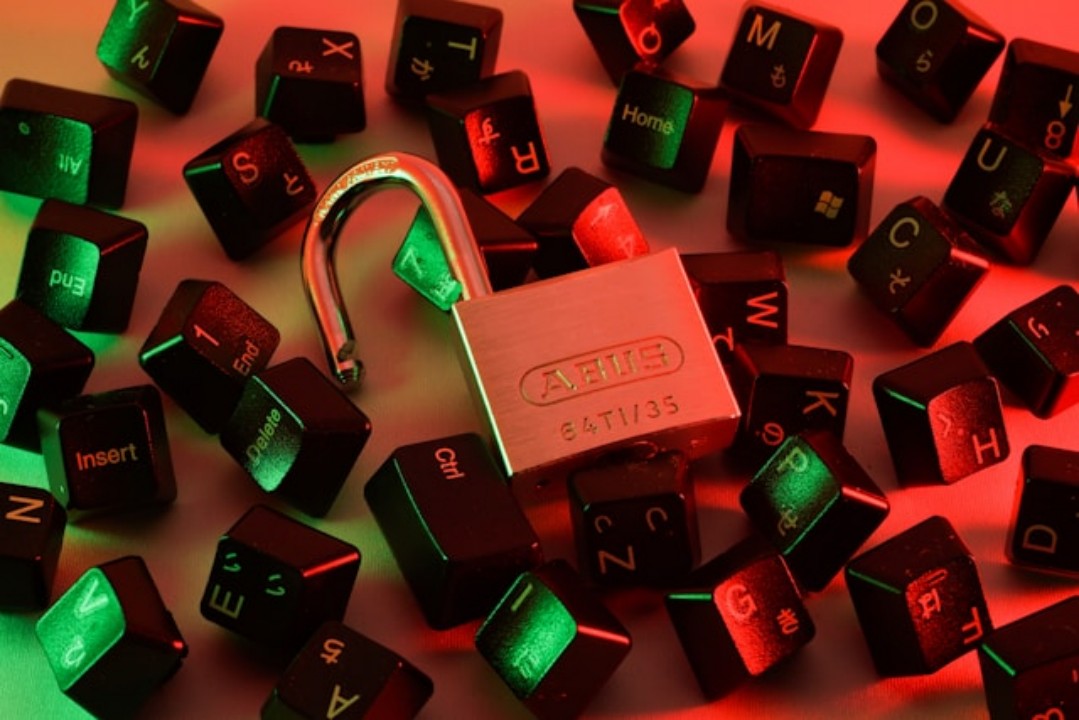As the digital world evolves, the sophistication of cybersecurity threats grows right alongside it. Yet, amid a plethora of security measures available today, few offer as robust a defense as two-factor authentication (2FA). This reliable security feature adds a critical second layer of protection to your accounts and systems, strongly fortifying your personal or corporate data against unauthorized access.
Two-factor authentication isn’t just about bolstering security; it’s about creating an environment where safety mechanisms function seamlessly across various platforms, from your personal devices to large-scale enterprise networks. One of the stellar examples of successful 2FA implementation is its integration into Windows login systems and Remote Desktop Protocols (RDP).
Securing Windows and RDP Logins with 2FA
One of the prominent challenges in cybersecurity today is ensuring robust protection for remote desktop services and local windows logins – an area where 2FA shines notably. By implementing a multi-factor authentication solution compatible with Windows 10, Windows 8/8.1, and various versions of Windows Server (2012 R2/2016), users gain an essential shield that not only protects local accounts but also fortifies RDP security.
The process after integrating Protectimus Winlogon & RDP involves users entering their standard Windows password followed by a time-based one-time password (TOTP). This dual-factor setup significantly decreases the risk of unauthorized access through stolen credentials or brute force attacks. Whether it’s a 2fa windows login or implementing rdp 2fa, adding this second verification point immensely enhances the security umbrella.
RDP Client and RDP Two-Factor Authentication
Remote desktop access is a vital feature for many businesses, particularly those managing operations across different locations or those who encourage remote work. As indispensable as these services are, they pose heightened security risks, making the role of rdp two-factor authentication indispensable. With rdp security enhanced through 2FA, each rdp client gains an added layer of protection, ensuring that sensitive data remains under lock and key, accessible only to authenticated users.
Two-factor authentication not only safeguards against external threats but also instills a culture of security within organizations. It promotes an awareness of cybersecurity’s importance and encourages employees to engage in safe online behaviors, understanding that protecting access credentials is part and parcel of their daily responsibilities.
Implementation: Easier Than You Think
For some, the thought of implementing multi-factor authentication might seem daunting. However, it’s quite straightforward with tools like Protectimus Winlogon & RDP. Suitable for both personal and corporate applications, this solution fits seamlessly into pre-existing structures without the need for complex modifications or high-end technical skills.
Even better, this form of security doesn’t hinge on constant connectivity. The ability to function in offline mode comes as a boon for those times when internet access is intermittent or when working securely from remote locations without reliable connectivity.
Through mfa login mechanisms (Multi-Factor Authentication), businesses and individual users alike can ensure that their entrances are well-guarded, yet remain user-friendly – encouraging wide deployment without resistance from users adjusting to the new layer of login requirements.
Far from being an optional add-on, two-factor authentication represents a foundational aspect of a robust cyber defense strategy. Whether securing single-user devices or corporate networks, 2FA serves as a critical deterrent against the increasingly crafty cyber threats faced today.
With cyber-attacks becoming more pervasive and sophisticated, adopting two-factor authentication is less about if and more about when. Businesses and individuals alike must prioritize this extra step in security to safeguard not just their information but also maintain the integrity and trustworthiness of their digital environments. Harness the power of 2FA – and turn what seems like an extra step at login into a massive leap towards secure computing.


